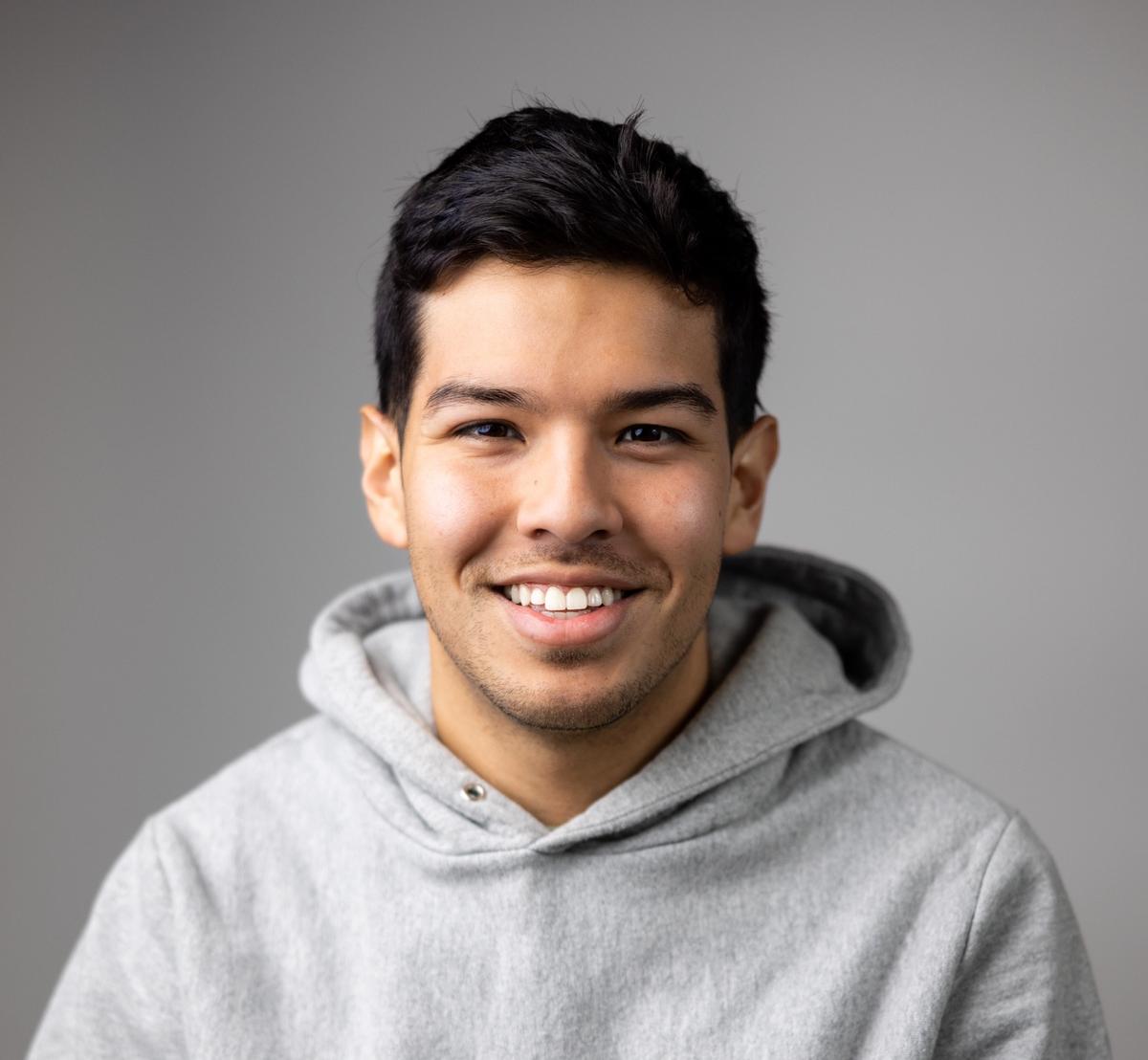February 13, 2020
“After the 2012 trials, I felt like I was losing myself a little bit. I felt sad and I think a part of that was my life was getting yanked in directions that I felt I didn’t have control over anymore. I would tell her to stay on her own path. I think I did a pretty good job of that but with the exception of letting it all affect me a bit too much mentally.” – Natosha Rogers on what the 2020 version of herself would tell the 2012 her after missing the Olympics
Natosha Rogers won the NCAA 10,000 meters as a junior in 2012 and then finished second in the same event at the U.S. Olympic Trials. However, her 31:59 performance was just 14 seconds shy of meeting the Olympic standard to qualify for the Summer Games in London. She decided to leave behind running to study abroad and go about her senior year as a regular student. She took a break but returned and signed a professional contract in 2014 only to start to get injured. She had a rough time adjusting to life as a professional and dealing with injuries and moved back to Colorado under coach Steve Magness. Rogers stunned many with the success she found on the roads in 2017 and qualified for the 2018 IAAF World Half Marathon Championships. The flu knocked her out of competing and then in a rush to return and make up for fitness, she injured her knee. Procedures and treatment went awry and the future of her running career was fading fast. It’s hard to believe that someone who was working a desk job at a tech company until July 2019 has found a way to get back to the top level of U.S. distance running. Last month, she won the USATF Cross Country Championships in San Diego and is already competing indoors. The big focus is the 5,000 meters or 10,000 meters at the U.S. Olympic Track and Field Trials in June. How did we get here? She details the rollercoaster ride.
Recommended reading: In Her Return to Running, Natosha Rogers Finds Strength in Setbacks by Taylor Dutch for Runner’s World.
You can catch the latest episode of the podcast on iTunes so subscribe and leave a five-star review. We are also on Stitcher, Google Play and Spotify!
❤️ Support for this episode comes from Stryd. They’re helping ensure that you nail the perfect pacing strategy so you can keep a consistent effort in challenging conditions – all in real-time. I’m digging all the data that it’s collecting and you’ll see a bunch of people wearing them on their shoes at the US Olympic Marathon Trials. Learn more by visiting STRYD.COM/CITIUS

✩ Connect with Chris on Twitter and Instagram.


Chris Chavez
Chris Chavez launched CITIUS MAG in 2016 as a passion project while working full-time for Sports Illustrated. He covered the 2016 Olympics in Rio de Janeiro and grew his humble blog into a multi-pronged media company. He completed all six World Marathon Majors and on Feb. 15th, 2025 finally broke five minutes for the mile.